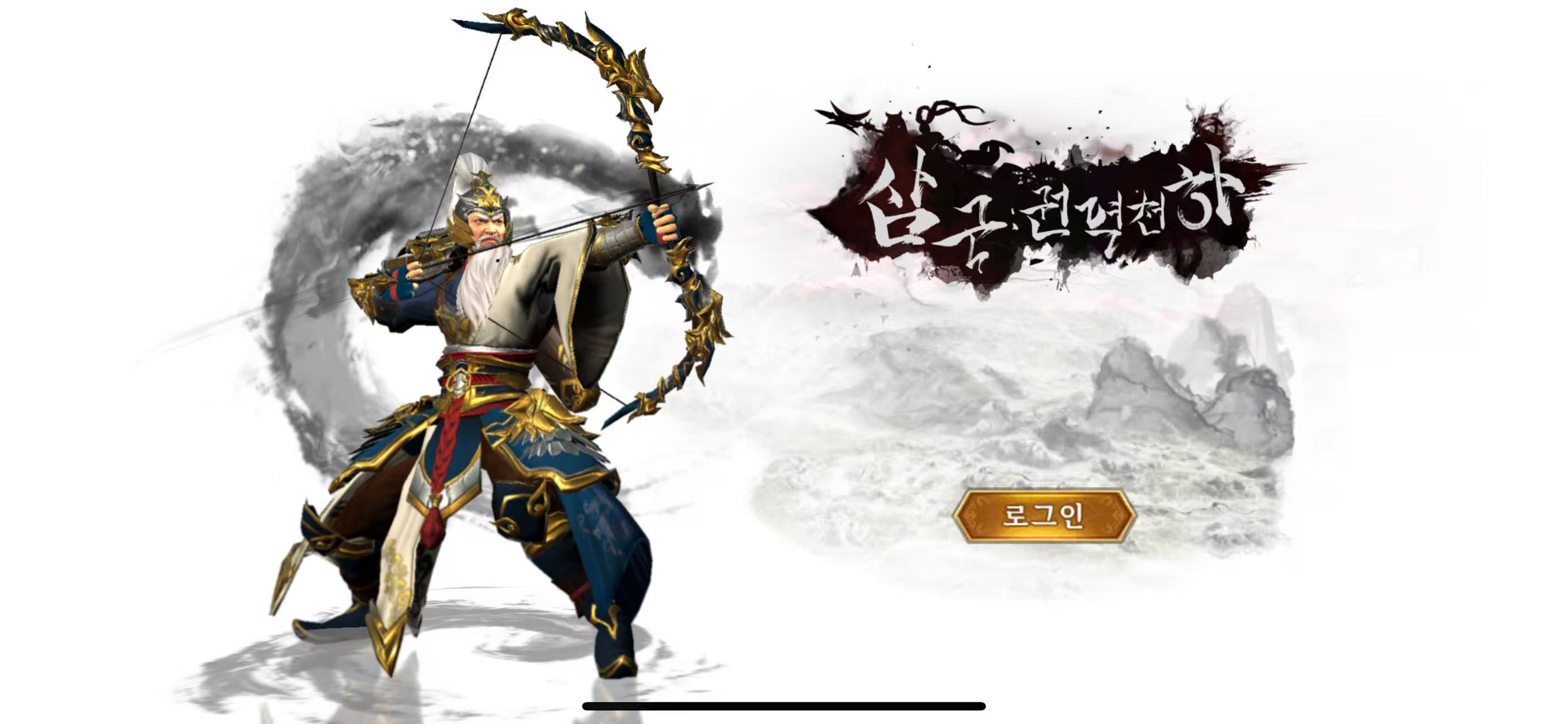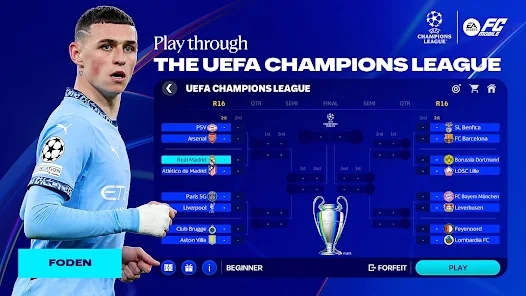Why Idle Simulation Games Are Taking the Gaming World by Storm: A Deep Dive into Their Popularity
In recent years, idle simulation games have exploded in popularity, captivating audiences across age groups and demographics. With titles like Cookie Clicker and Adventure Capitalist, gamers find themselves immersed in a world where progress occurs even when they’re not actively playing. This article dives deep into the reasons behind the surging popularity of these games, exploring their mechanics, player engagement strategies, and the overall impact they have on the gaming industry.
The Mechanics of Idle Games
Idle simulation games, often referred to as clicker games, operate on a simple premise: the player generates resources by clicking or tapping, which can then be used to purchase upgrades. These games typically incorporate several key elements that keep players engaged:
- Incremental Progression: Players start with minimal income but gradually unlock new features that automate resource generation.
- Upgrades and Unlocks: Continuous improvement drives the sense of achievement as users gain access to better tools or mechanics.
- Passive Income: Many idle games allow resources to accumulate even when the player is not active, creating an addictive cycle of anticipation and reward.
Engaging the Player Base
One critical lesson from the success of idle simulation games lies in their engagement strategies. Developers have mastered several techniques to keep players invested:
- Compelling Graphics: Visually appealing artwork captures attention and draws players into the unique game worlds.
- Frequent Updates: Regular content additions keep the gameplay fresh and exciting, encouraging players to return.
- Community Interaction: Integrating social features such as leaderboards and challenges fosters competition and community engagement.
A Comparison of Popular Idle Simulation Games
To illustrate the mechanics and player engagement features at play, take a look at the comparison below, which highlights aspects of popular idle games:
| Game Title | Core Mechanics | Player Engagement Features |
|---|---|---|
| Cookie Clicker | Resource Generation, Upgrades | Achievements, Seasonal Events |
| Adventure Capitalist | Investment Strategy, Passive Income | Multiple Businesses, Graphs to Track Progress |
| Tycoon Games | Build and Manage | Customization Options, Expansion Packs |
Trends in Idle Simulation Games
The trends seen in idle simulation games showcase a significant shift in how players prefer to engage with video games. No longer are players strictly looking for fast-paced action or complex strategies; instead, many appreciate the low-pressure environment that idle games offer. This shift can be attributed to several factors:
- Stress Relief: Players find comfort in the slow-paced nature of idle games, which allows for relaxation.
- Accessibility: These games typically require minimal time commitment and can be played casually.
- Cross-platform Play: Idle simulation titles often allow players to advance on multiple devices, making them convenient.
Future Implications for the Gaming Industry
The growing trend of idle simulation games raises intriguing questions about the future of the gaming industry:
- Will more developers pivot to creating idle formats?
- Can idle games maintain long-term engagement, or will player interest dwindle?
- How will advancements in mobile technology further influence idle game development?
Understanding Player Investment
A major factor that contributes to the success of idle games is the psychological aspect of player investment. This investment occurs in various forms:
- Time: Players find satisfaction in the effort and time they’ve invested, reinforcing their commitment.
- Monetary: In-game purchases for cosmetic items or boosters can incentivize deeper engagement.
- Achievements: Completing challenges nurtures a sense of accomplishment and encourages players to continue.
Conclusion
Idle simulation games have undoubtedly carved out a niche within the gaming world owing to their unique game mechanics, engagement strategies, and the psychological aspects of player investment. Their ability to offer something that traditional fast-paced games can’t—relaxation and incremental achievement—profoundly resonates with players. As developers continue to innovate and enhance these gaming experiences, exploring new themes and mechanics, the question remains: how will these trends shape the future landscape of gaming?



